Wildcrafting 101
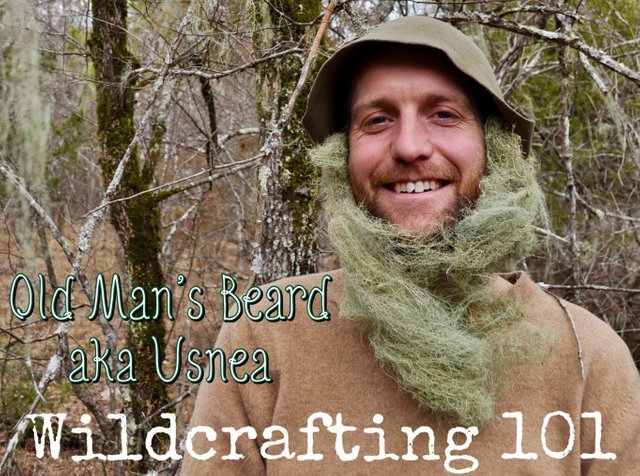
Wildcrafting is the responsible and conscientious harvesting of fungi & wild plants’ leaves, nuts, fruits, bark, root and berries in their habitats. It’s an exciting and empowering way to engage with your ecosystem and meet your needs from the wild.
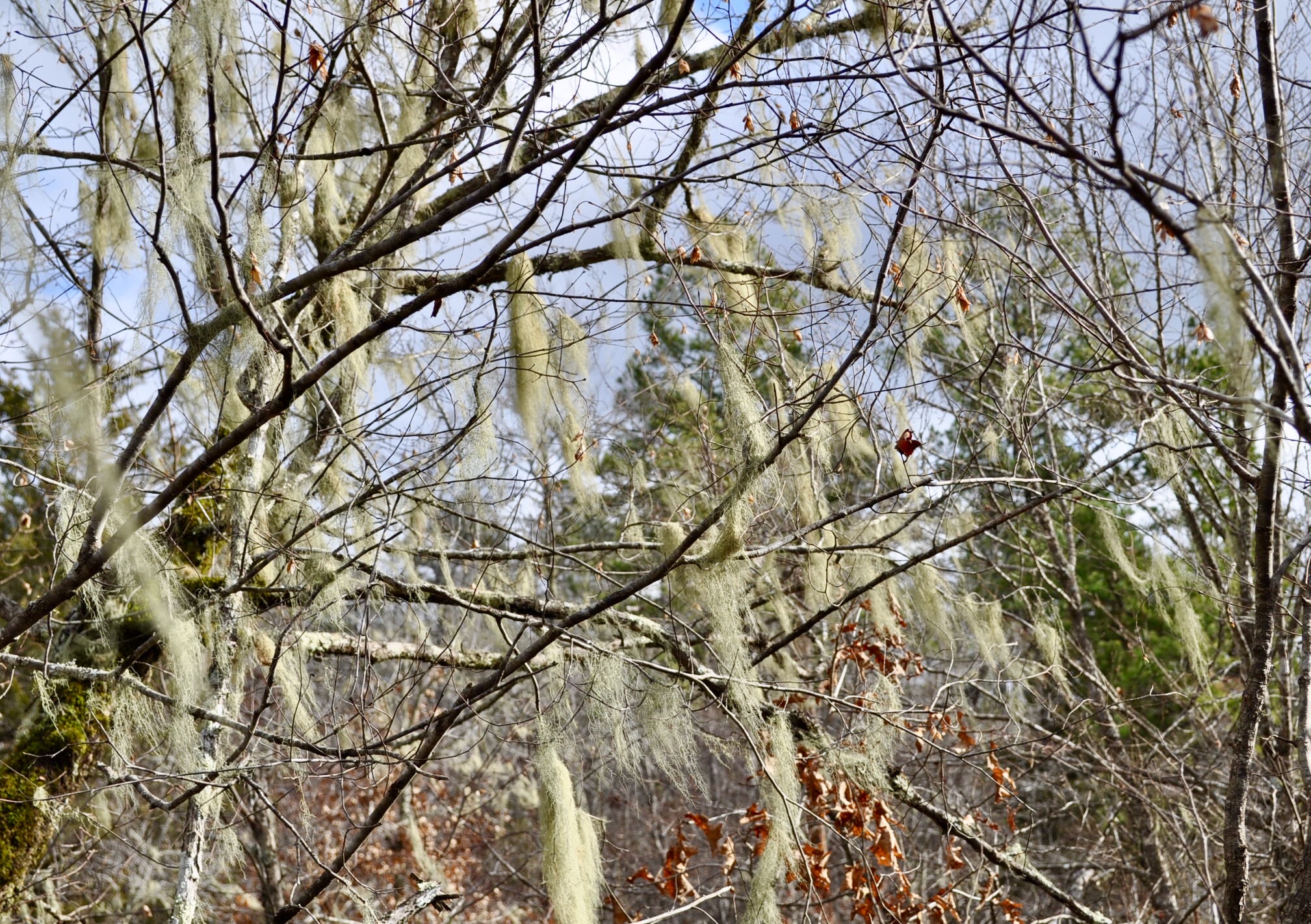
Wild plants carry a vigor surpassing that of domesticated species.
Don’t be fooled into thinking you must go deep into the wilderness. Wildcrafting can be done anywhere, even in a suburban setting. It’s best to familiarize yourself with some easy to identify and common species and make sure you’re not interacting with pesticides or pollution and that the species you’re looking for don’t have poisonous lookalikes (more on all of this below.)
After reading the guidelines and basics presented below, we feel you will have a good start in order to feel comfortable to go out on your own.
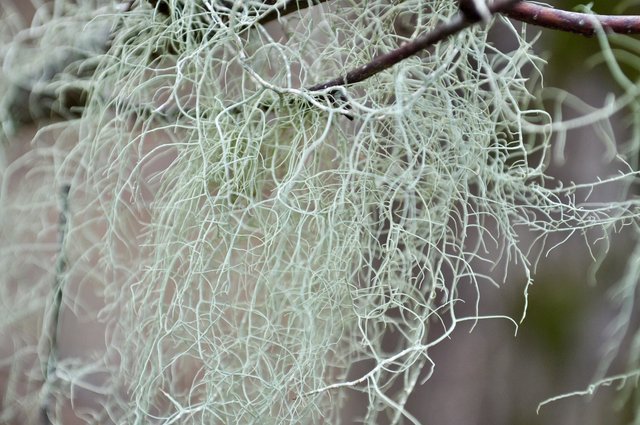
Before harvesting always connect with the plant and give thanks. You are forming a relationship so enter into wildcrafting with this mindset!
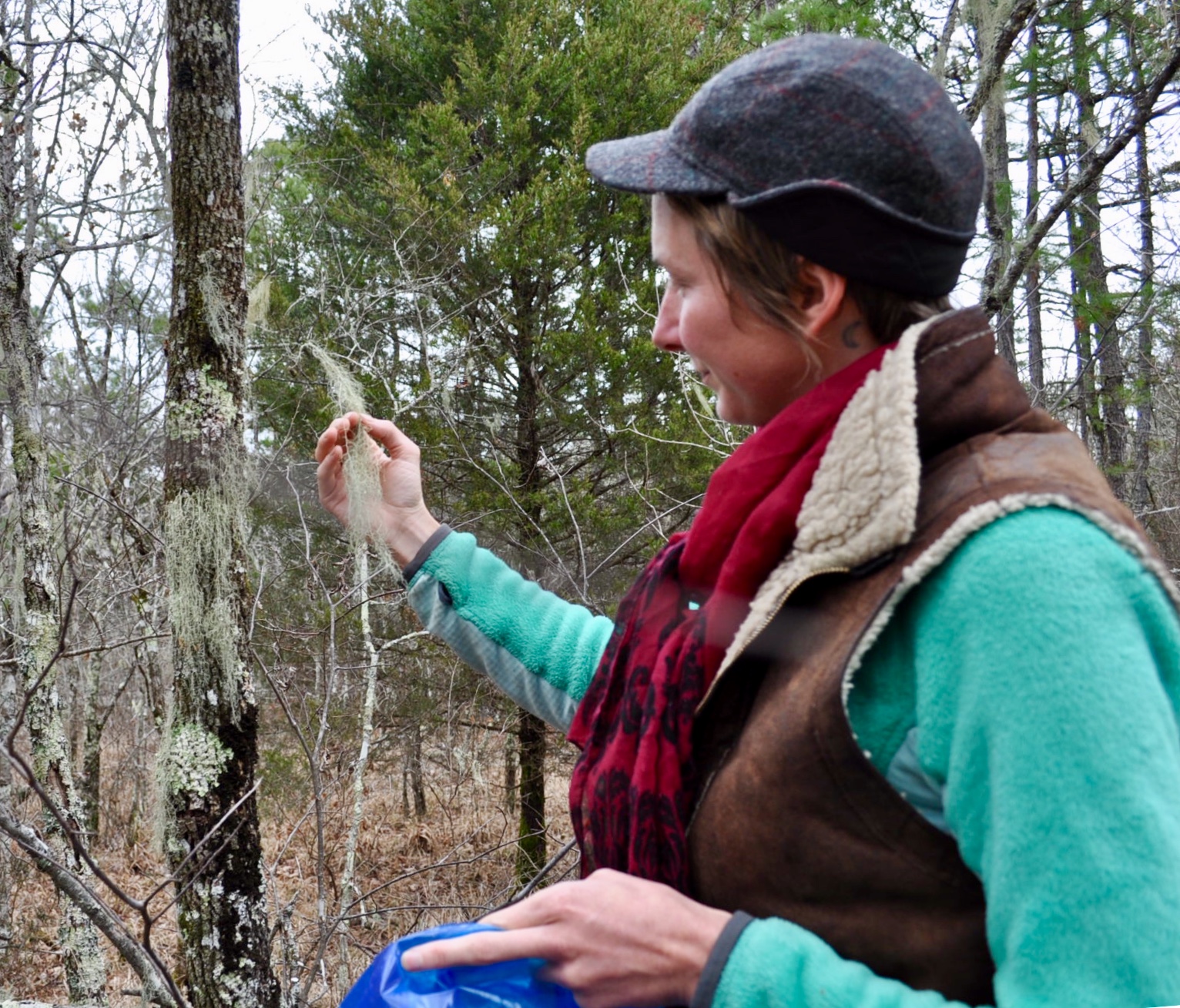
In this instance, we wildcrafted Usnea, also known as Old Man’s Beard for obvious reasons!
Usnea is an easy to find and identify lichen that has antibacterial properties (against Staph bacteria!) and is good for the lungs, particularly in chronic lung issues.
After harvesting, we’ll boil it and then tincture it in alcohol, but that’s information for another post!
ID
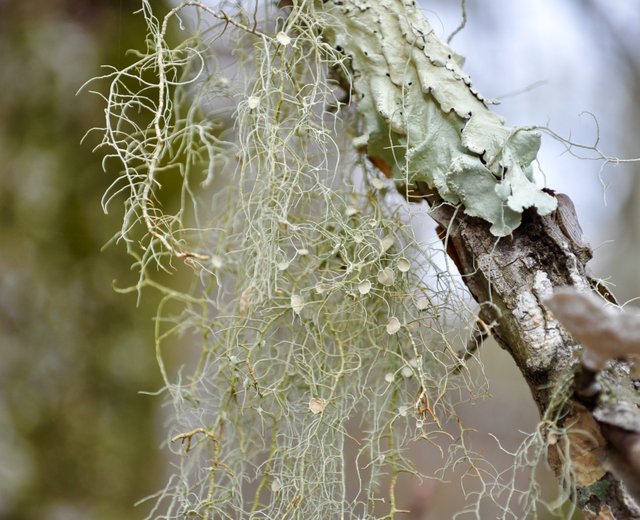
Perhaps the most crucial part of wildcrafting is proper identification. Before endeavoring on a harvest mission, thoroughly familiarize yourself with both the plant you’re after and any common look alikes. You certainly don’t need to be a mycologist or botanist to correctly ID numerous species in your bioregion, but have a good grasp on key identifying factors of the plant and other plants in its family.
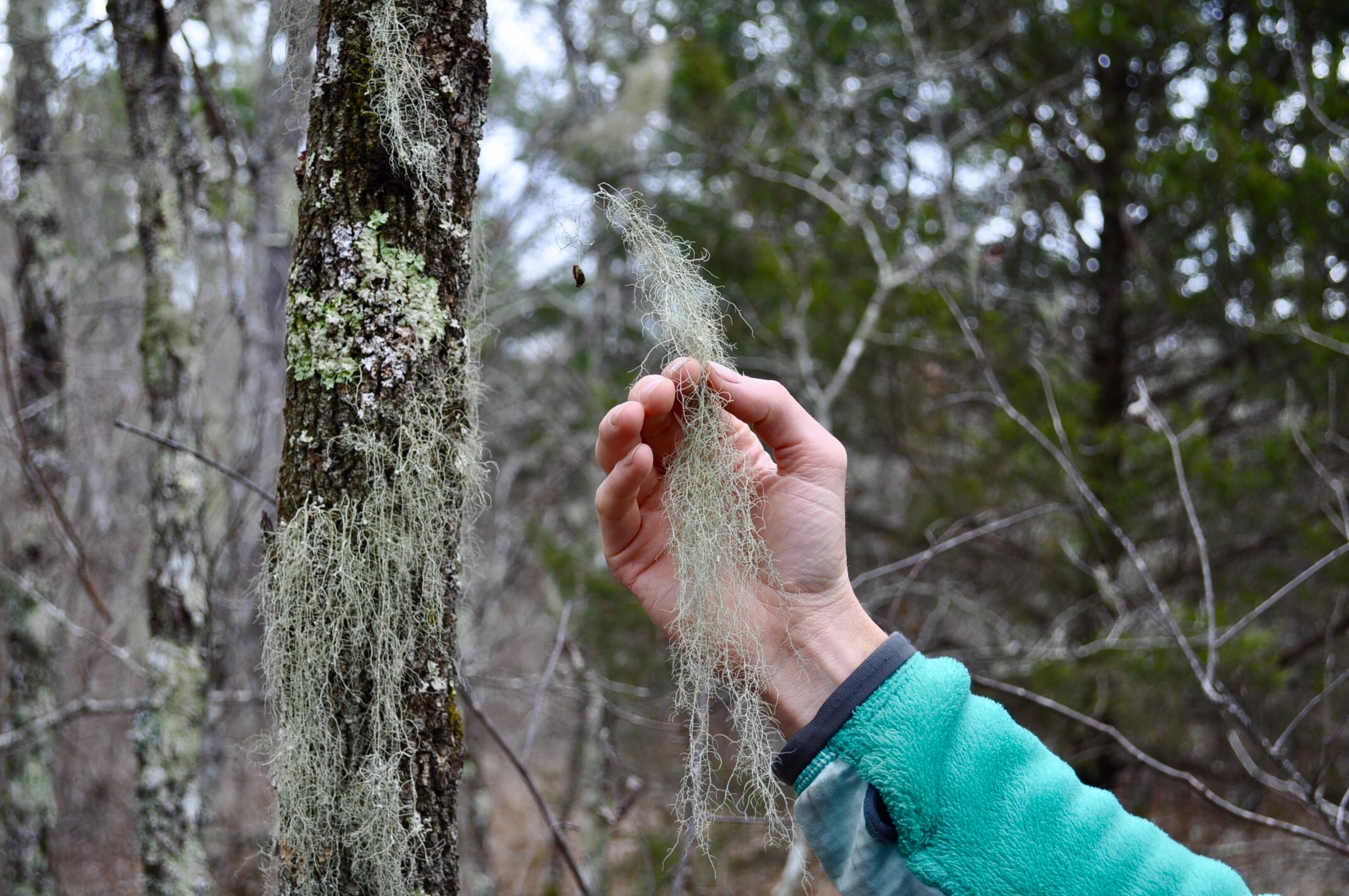
Start with easy to identify plants like dandelion or purslane and build your skills at ID by creating relationships to the plant around you and the people that know these plants. So many folks who are into wildcrafting LOVE to share knowledge. A good field guide is essential, we recommend all those published by Peterson, and I’m sure there are local guides available that will help you hone your native skill set.
Tools of the Trade
The tools are quite simple.
For many expeditions, a way to carry your harvest is all you’ll need. A sturdy sharp knife comes in handy, especially when harvesting fungi. It’s essential to understand what you’re after and how best to harvest for yourself, but even more so for the plant or fungi. In the field of forest, the focus is on ease of movement, keeping it simple is usually best.
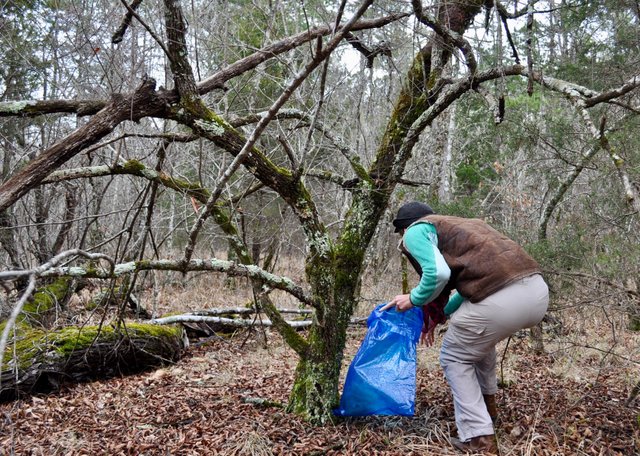
If you’re digging roots, a sturdy trowel, compact shovel or hari hari are keys to a successful harvest. When digging, always return soil to a similar state that you found it in. Remember that you may be hiking a great deal, so often the smaller tools are easier to manage.
Miscellaneous tools like a drying rack and fans (for cleaning and winnowing) may already be lying around your home.
Basket, bucket or bag
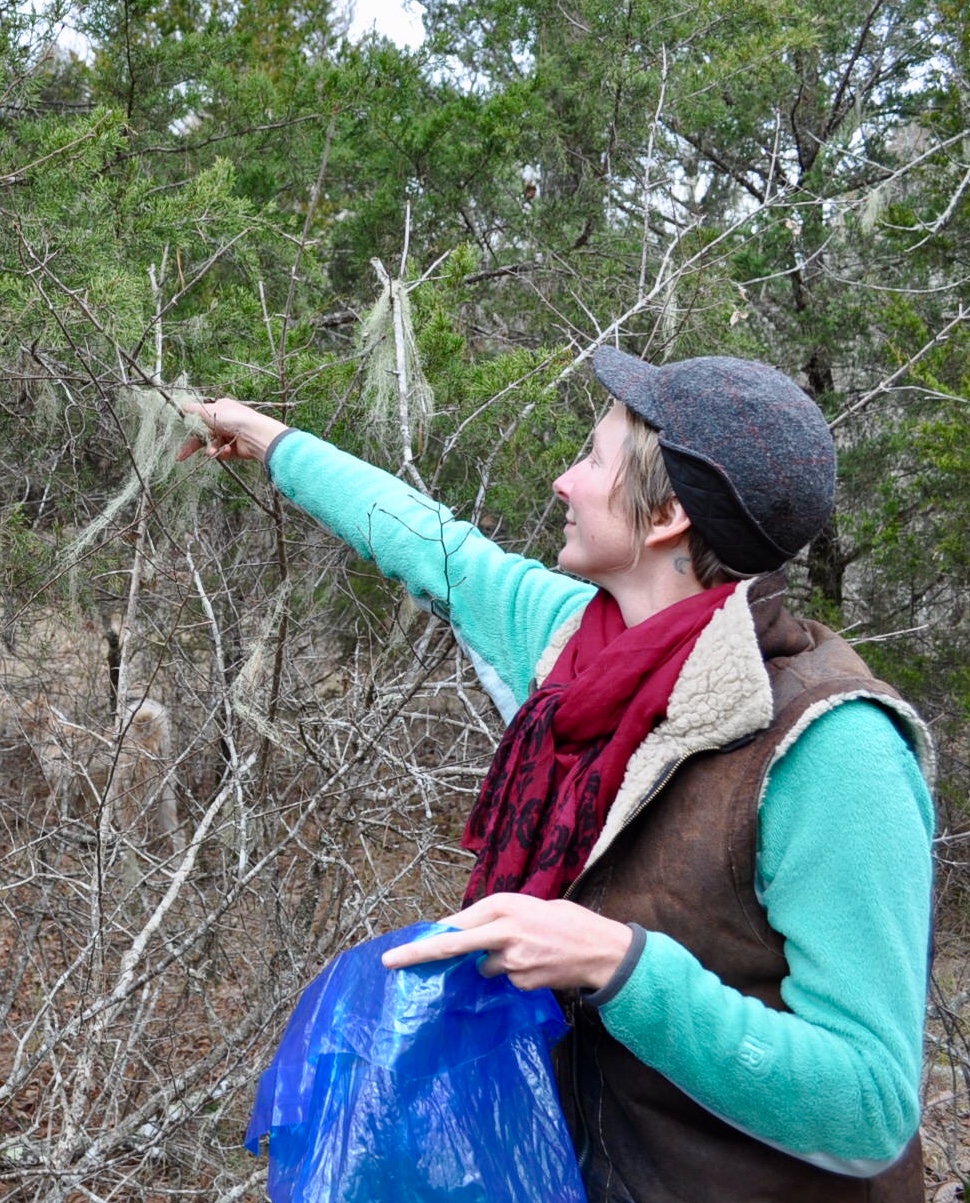
What you’re placing your harvest in is important. The most important element for many item is airflow. Sensitive leaves and fungi do not do well in closed containers like plastic bags and buckets. Loosely woven baskets or buckets with holes drilled in them are good options for harvest containers. For some items and for short times, plastic bags are fine to use.
Habitat & Seasonality
Get to know what areas and conditions the species you’re after like.
- Are they found in moist areas?
- Do they show up after a soil disturbance?
- Do they prefer acidic conditions? etc...
Knowing more about what your desired species prefers can dramatically increase your success and understanding of not only your wildcrafting practice, but also helps to connect you to your bioregion. Once you have a foundation, you can paint a picture of what communities are more likely to be present in different areas.
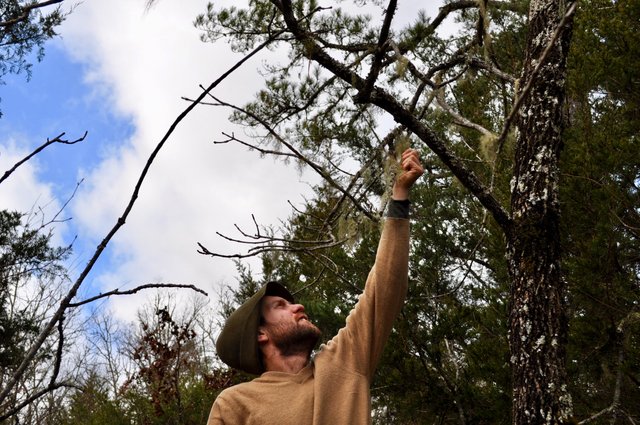
Gaining a relationship with place...
Equips you to return year after year with ease. You’ll start to understand the unique habitats plants grow in and in what seasons they appear. This is nuanced and specific and only people who have practiced year after year truly get it.
For example, I know that each year around a certain week the morel mushrooms grow in a certain spot. I know where the serviceberries fruit first and where the best places to get wild blackberries, hen of the woods, watercress and much more reside. It is the chance encounter on a hike that had taught me many of these. The aha! there you are! discovery. So get out there! Sometimes when you’re looking hard for something you won’t find it as easily as making regular forays into your favorite spots throughout each season.
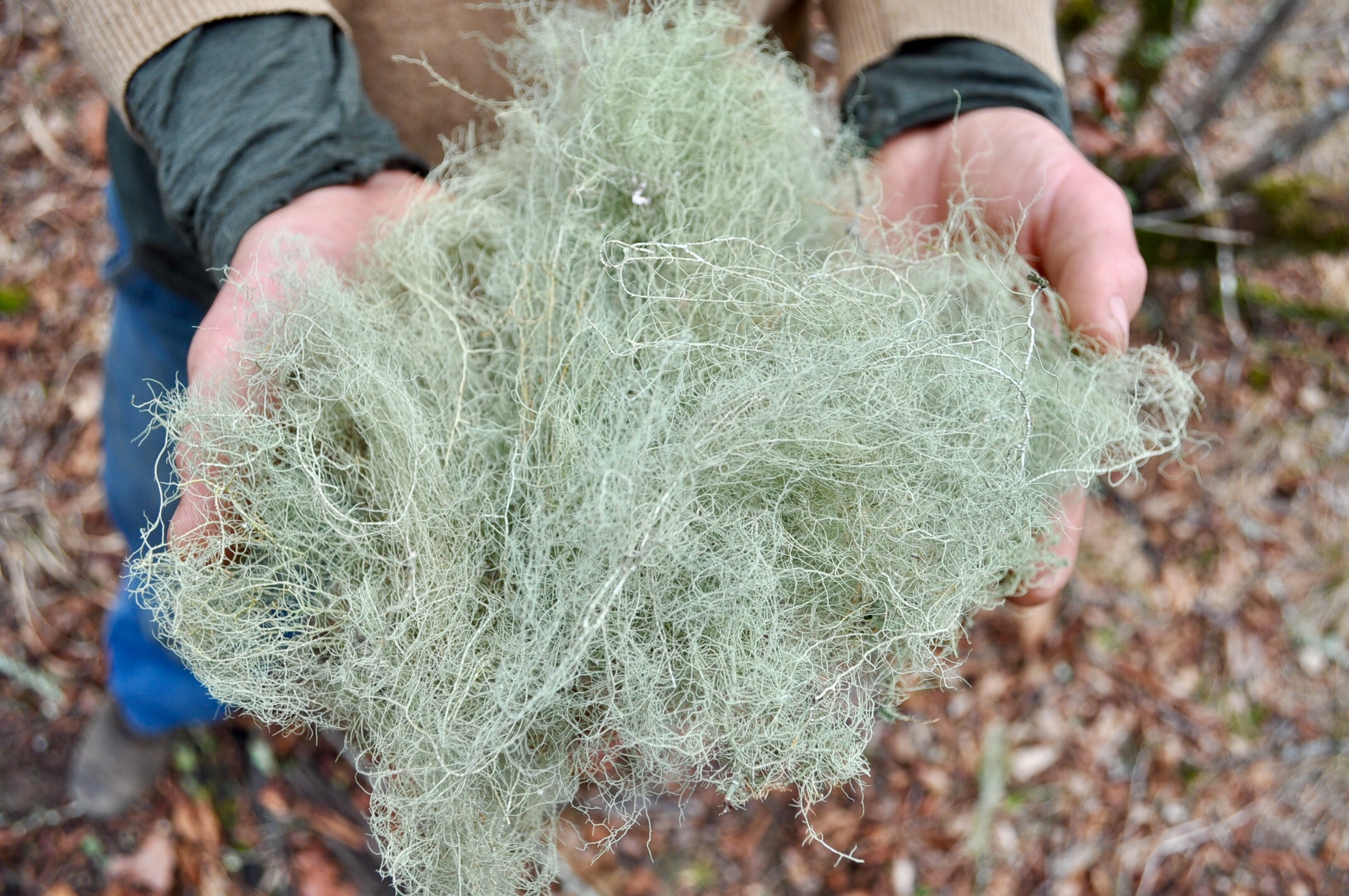
Responsibility
The golden rule of wildcrafting is to never take more 1/3 of what is present, and only harvest from healthy populations. Never take more than 1/3 of a plant (in the case of leaves and flowers) or 1/3 of a stand. This will ensure the continuation of healthy populations.
With sensitive or endangered species be extra diligent. An example of this would be wild leeks (aka ramps). The indiscriminate commercial harvest has negatively effected wild stands in the North East. A solution would be to only harvest the leaves and not to dig the root. Ideally, however, the best rule of thumb is to leave these plants alone.
In the more extreme of goldenseal, we don’t even recommend harvesting wild specimens. We instead choose to cultivate the root under wild simulated conditions, leaving the wild populations to regenerate after years of over harvesting.
The one exception is fruit. Take as much of the fruit as you can use. Most likely your efforts will not take food away from wildlife and you will not detract from the health of the tree or shrub by doing so. You can even spread the seeds from the fruit over a wide range and perhaps even encourage the plants dispersal.
Respect
In the end, only take what you need, don’t be greedy, leave some for others and give thanks.
Processing
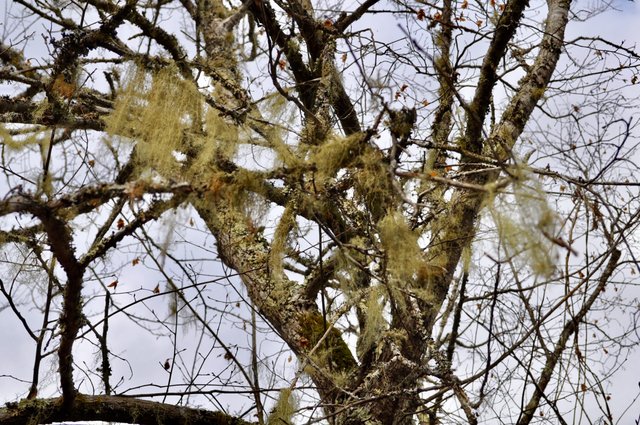
After you’ve harvested, make sure to label right away. It’s easy to think you will remember what you got and where, but once you start collecting more, you’ll be amazed how easy it is to lose track. Make note of where you harvested and the date.
Be aware that the harvest is the easiest part, but processing takes more time and finesse. Wash roots for further use, but don’t chop usually until you’re ready to use (unless the root is very hard). Crushing and leaching acorns, for example, can take a great deal of time.
Find creative ways to extend harvests by dehydrating mushrooms or fruit! You’ll thank yourself later!
A Note on Poisonous Plants
Always be 100% certain of what you are harvesting. If you’re not, don’t harvest it. You can collect leaf or branch specimens to further research at home, but do not eat mushrooms, leaves, berries, etc that you are unable to identify.
This rule extends to the harvest of anything with poisonous lookalikes or poisonous members of the family. Research and familiarize yourself thoroughly with every plant you wildcraft and if the plant has poisonous family members, be extra careful. It is rare, but some plants and fungi cause death within a few hours.
Furthermore, make sure to harvest in pure areas. Don’t harvest within 25 ft of a busy road as the pollution will be in the plant. Make sure you’re not in an area with contaminated soil or runoff. Your body will feel if a place is safe or not, but also do your research.
We hope this has been a helpful intro into Wildcrafting.
Wildcrafting is one of the oldest activities of humans and can make you feel more alive and connected to the earth and yourself. Remember to have fun and give thanks for all the blessings of our abundant earth!
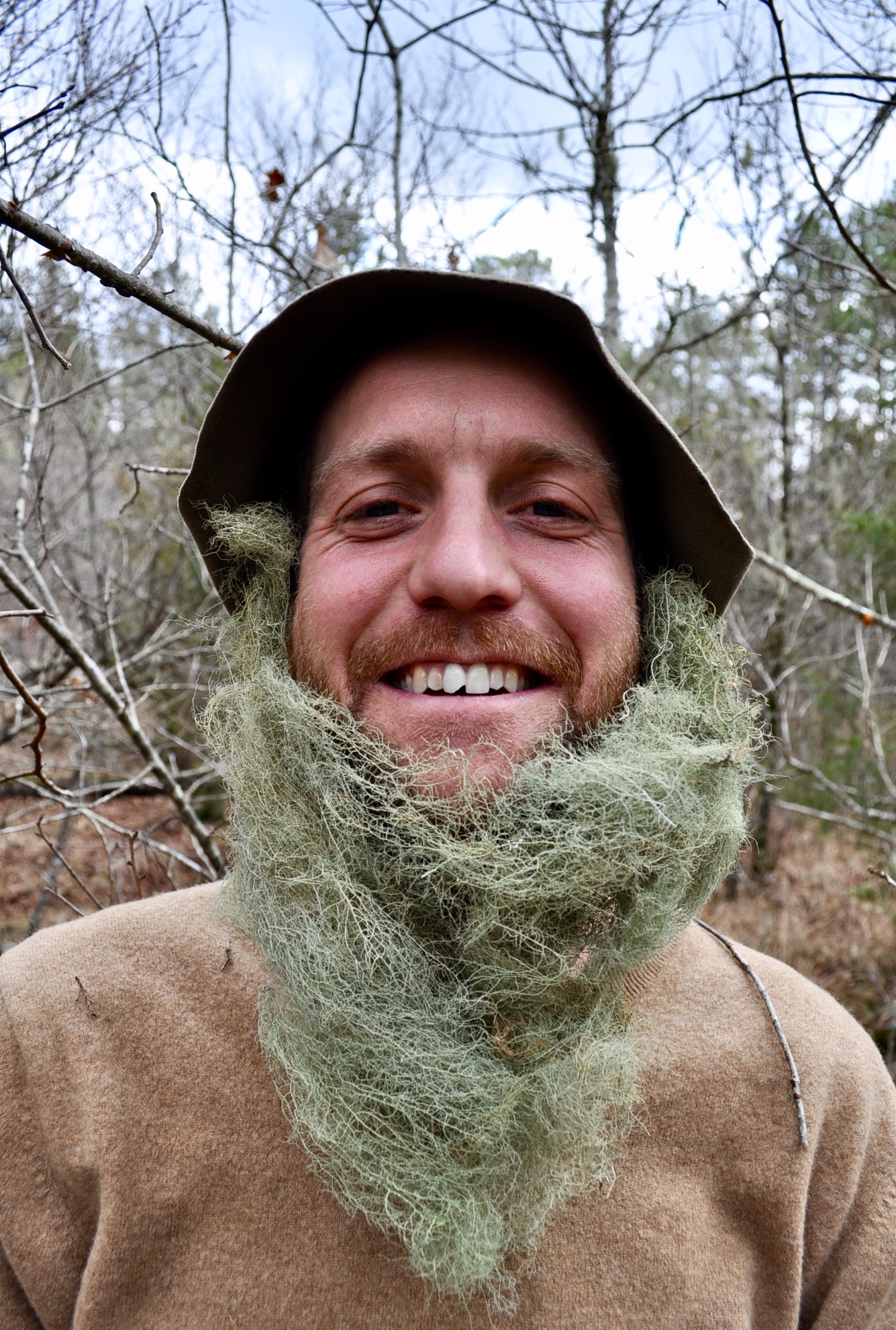
Please feel free to leave any questions in the comments!
This article is an entry into @walkerland’s Homestead Skills Contest!
Blessings!

Hey @mountainjewel. I can't get enough of your posts, each one is rammed with beautiful photos and really important knowledge.
I am an avid forager, mostly fruit for hedgerow hootch, and am really excited to start exploring once we find our spot out here.
I would like to re-emphasise your point about poisonous plants. If you don't know exactly what it is and how to use it, don't harvest it! I know this through personal experience. While gathering elderberries and sloes I let my eldest feegle have a bunch of elderberries to munch on.
Now, I don't know about the species you have around you, but about half way through the bunch a little voice from the past started niggling at me. I couldn't grasp the memory for details but it was enough to make me call my wife and get her to check online. We were lucky, turns out raw elderberries where we were had a high probability of containing cyanide.
All was well, the eldest feegle, he is only 4 bless him, didn't complain as we administered the fingers down the throat treatment and was never the worse for it but again, we got lucky.
If you don't know what it's is and how to use it, don't harvest it.
This is a fantastic point and thank you for reiterating it with a personal story (glad your child is ok and the emesis went well!). I’ll boost it to the top so more people read it.
And thank you for your kindest words!! Hope you enjoy some great wildcrafting this year. And also in your post is another great point that some plants are toxic if ingested in a certain way (raw in this case), but are ok in another form (cooked in this case). Worth noting!!
💕✨💕thanks again!!
Thank you for the upvote! I meant to write as well about your comment on about thanking the plant for it's bounty. This is something that has become very important to me while out foraging.
I was introduced to the idea by a woodsman, a green woodworker or bodger as they are known in the UK. He taught me about the importance of having respect for the trees from which we harvested materials when I went on a search for a maiden ash staff.
It was really brought home to me last year while on my last UK forage for elderflower for a massive batch of champagne.
It was early in the season and I had managed to find a few flowers here and there, thanking the bushes as I went. Then I walked out into the middle of the park, round a tree and there she was. In beaming sunshine, clothed in fresh white flowers, one of the biggest single elders I have ever seen. The flowers were a glorious virgin white with the finest scent.
It helped me realise just how lucky we are to live in a world of such abundance. I thanked her profusely for the harvest and promised the results would be heartily enjoyed by many.
The champagne that resulted was my best ever. It is an amazing world we live in and we should give thanks to it everyday.
i love this story so much. i can't wait until you start posting your stories! i have a feeling there are going to be some incredible gems :) <3 thank you thank you for this!! i have had many experiences like this, too, and they make life so rich.
Excellent information! I've always counted on my grandma to call and say, "It's time to check out the___and see how close it is to harvest time." I've been checking out @hethur240's homesteading journal updates, and @slhomestead did a great atricle on phenology that I enjoyed. Those posts plus this one has me ready to start my own journal. Thanks for another great post!
Yes! So glad to hear of your inspiration!! That’s what it’s all about, encouraging one another to get out. What a great community we have here!
I personally refer to "Old Mans Beard" as "Witch Pubes", when its dry and dead it makes for excellent fire starting material along with Mullen. The respectful harvesting aspect is very important, our mother Terra is such a generous provider. I am soo happy that another abundant season of rebirth and light is just around the corner. Jams and herbs! :D
(SMOKEBOMB!)
Yeah!! Witches pubes lol! Tru dat about our madre tierra!! Green blessings as the season of rebirth commences soon :) 💚🌿
Fantastic post! you've laid it ALL out here.. including harvesting responsibly which is good to see!
its only when you try it that you realise how much fun it is.. Free Food! ;_)
Thank @ecoalex. Right, it’s crucial that anyone harvesting has awareness of the bigger picture of the effect that can have. Let’s not forget how many species we’ve over harvested.
It totally is fun, enlivening and a life long journey.
Those lichens are just stunning! I wouldn't know what to do with them, but I can't resist shooting them :)
Aren’t they just gorgeous?! When the sun hits em just so they definitely look magnificent :)
Oh that picture is PRICELESS!
Great entry into @walkerland's contest!
Hehe thanks @goldendawne ;) couldn’t resist the pun!
Btw, did you receive the mail from us yet? Should be coming soon!
I haven't checked the mailbox yesterday or today. Driveway too icy so I will probably check tomorrow- I'll let you know!
Haha! Thank you for sharing.
I love the fidelity you guys communicate in your crisp photos!
Thank you for shring!
Thank you!! Preciate your comment 💕🌿✨
Awesome info and the pictures are great! :)
Thanks and thanks :)
What an interesting and informative read! I really liked how you emphasized not only the importance of showing respect for nature and consideration for others, but provided clear parameters for responsible foraging to ensure we don't threaten biodiversity by over-harvesting. Awesome post and keep 'em coming!
Thanks for seeing and appreciate us! The parameters we share have been shared with us by others, we’re just keeping concious culture alive. If only there was more awareness of this years ago before wild populations of plant and animals were over harvested... but the earth is of course resilient! Will for sure keep the content rolling.